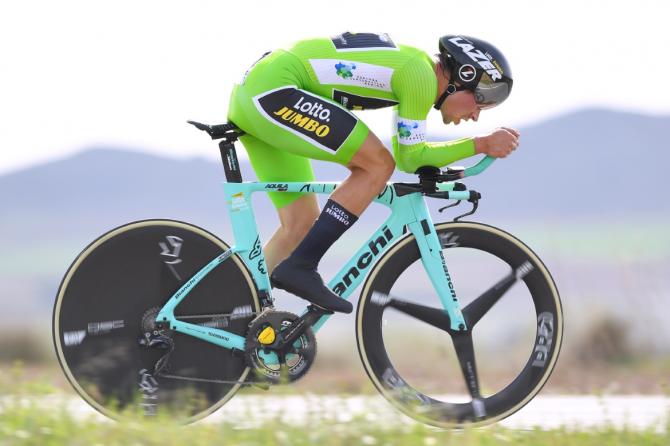s5100e wrote:
marcag wrote:
Another solution I listened to this yesterday (while aerotesting). It's a very good podcast (not just this episode). They had MTM a few weeks ago.
https://endurance-innovation-podcast.simplecast.com/...hluricke-of-aerotune
I listened and to me it sounds like a Chung method with some added modelling? And some regression to tease out added info like CRR. I would like to know what aero geeks/genius’s think about the method. Curious what people think..
I don't qualify as a genius, but I score high as a geek
My gut tells me it will give reasonable numbers in the right conditions. But I can rarely do an entire session were I get the right conditions for the full session. And I hate not being able to figure out what went wrong.
That's what I love about the VE curve, I can see where it deviates and I look at various signals to figure out what went wrong.
I am not a big fan of doing tests without wind measurement.
But there is only one way to find out : try it.
I'll try it will other sensors so I can compare. I do have CDA/CRR separation that I am testing so I'll see if I can get comparable results.
I did try feeding a Garmin with 4km laps in it, but it wanted no part of them. I need to try again.


